commentary Commentary
Commentary: How my mother briefly became an illegal immigrant in India
India’s citizenship list exercise in Assam is incredibly problematic, says Angshuman Choudhury.
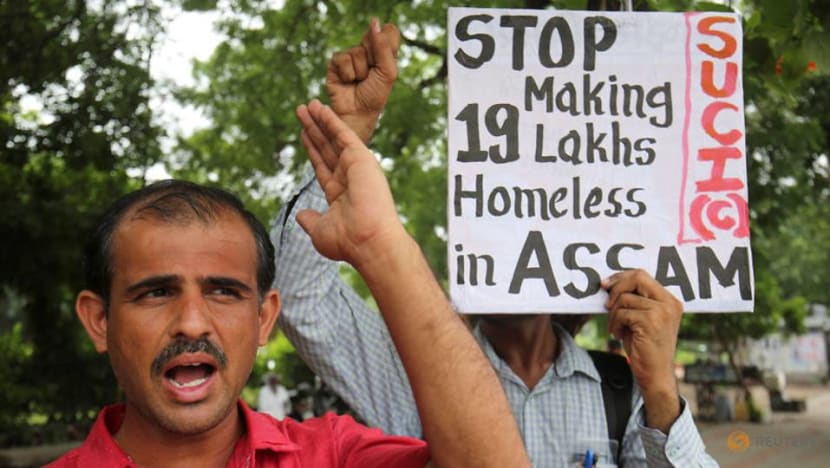
Activists of Socialist Unity Centre of India (SUCI) shout slogans during a protest against what they say is the final draft of the National Register of Citizens (NRC) in Assam, Sep 5, 2019. (Photo: REUTERS/Amit Dave)
NEW DELHI: Just over a year ago, my mother became an illegal immigrant.
It happened when the National Register of Citizens (NRC) authority in the northeast Indian state of Assam released the final draft of the register, which is a list of “genuine Indian citizens”, updated by order of the Supreme Court for the first time since 1951.
Call it a genuine mistake but it was deeply troubling for a few reasons. My mother was born and brought up in Assam. She even served in the state government for close to thirty years.
Yet she failed to feature in the final draft. She’s not alone. Close to 4 million who had applied to the registry to prove their “Indianness” were also left out.
READ: Two million face statelessness as India publishes citizenship list
Fortunately for my mother, who is Hindu Bengali, she found mention in the final iteration of the list, which was released in full on Sep 14, after filing an appeal to the authorities.
But, nearly 1.9 million others did not. Unlike my mother, many do not even have the financial resources or understanding of the legal processes involved in filing an appeal.
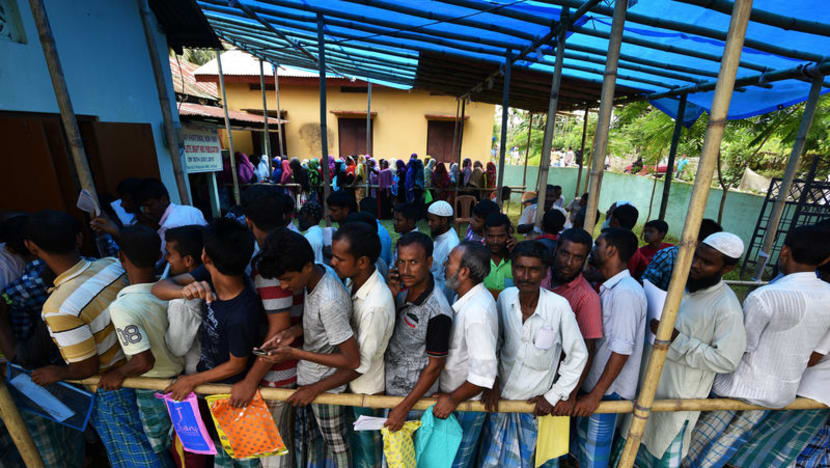
THE "OUTSIDER" IN ASSAM
The updating of India’s citizenship list might appear like a straightforward bureaucratic exercise in demographic enumeration. An endeavour which has received sanction from the apex court in 2014, it has been a massive move costing the Indian government US$169 million.
READ: Indian state on alert ahead of publication of citizenship register
But it has been a complex and precarious project mired in divisive politics of ethnicity, identity and religion.
Besides driving millions to the brink of anxiety and desperation, the project has entrenched latent social, cultural and political faultlines in Assam.
READ: Indian 'citizenship' list causes anger, confusion
At the heart of the endeavour is the dominant notion of the outsider, who is unfairly reaping the fruits of staying in India and must be chased out.
For the majority Assamese-speaking groups in Assam, the outsider is the illegal immigrant, either Hindu or Muslim, from neighbouring Bangladesh who threatens a unique Assamese identity.
For the ruling Hindu nationalist Bharatiya Janata Party (BJP), the “outsider” is the Muslim immigrant from Bangladesh.
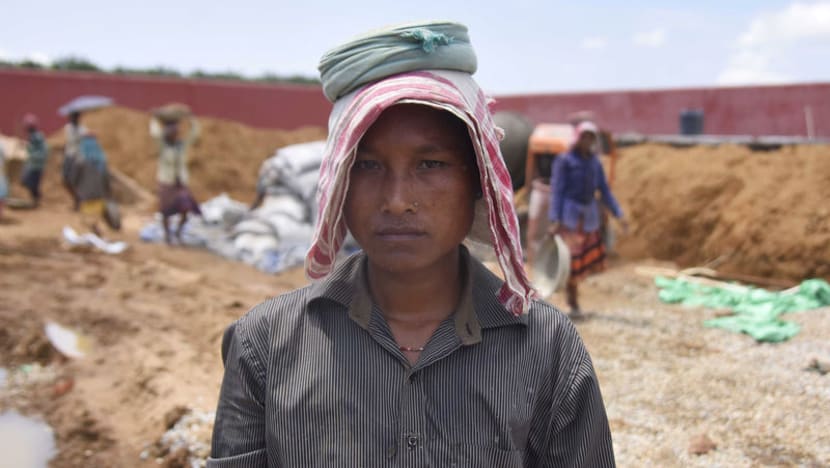
The NRC’s legal premise is the understanding that everyone who entered Assam from Bangladesh on or after Mar 24, 1971 – the date Bangladesh declared independence - is an “illegal immigrant”.
This cut-off date is also enshrined in the Assam Accord, an agreement signed between the government of India and Assamese representatives student groups in 1985 after five years of violent anti-immigrant agitation.
But, a lot of water has passed under the bridge since. Between 1985 and today, migrants have settled down and their next generations born in Assam.
Commentary: The shock and awe of India's move on Kashmir
A FEW FUNDAMENTAL QUESTIONS
Given this context, it is worth asking a few fundamental questions.
First, is there a valid moral justification behind disenfranchising and detaining entire families who have been living in Assam for almost half a decade?
Second, where would these early migrant families go, given that even Bangladesh does not recognise them as its nationals?
Third, what would this be if not forced displacement of a whole new kind?
Fourth, why is an individual living and working in Assam for nearly fifty years not deserving of Indian citizenship?
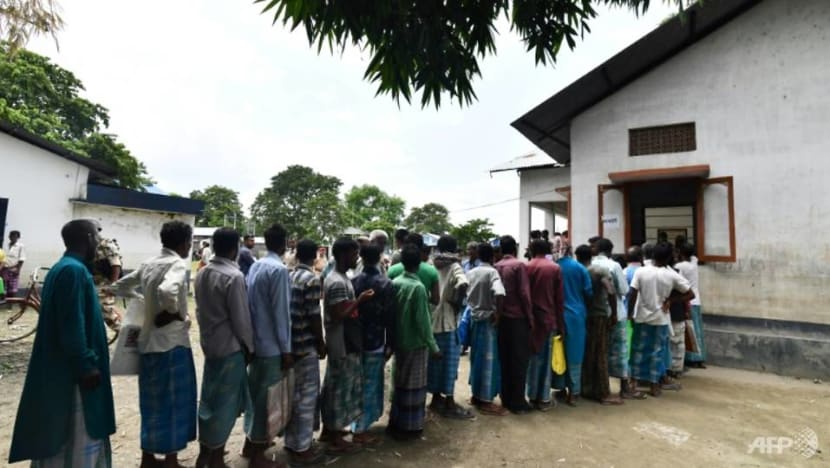
Of the many weak links in the NRC update process, the primary is the fact that it is based on dubious data. The 2014 apex court judgement itself relied on unsubstantiated figures and assumptions about “illegal immigrants”, placing the onus of proof on individuals.
If the basic data on the number of illegals is itself dubious, then it seems the gigantic and expensive headcount exercise remains on shaky ground.
One argument is that a final “clean and fair” list of citizens would help Assam turn the chapter on this vexed issue and provide “closure” to various groups in the state who have been stigmatised as “aliens”.
However, this is a frail argument - the stigmatisation of minorities long regarded as illegal aliens in Assam by dominant ethno-nationalist Assamese groups is so deeply entrenched in the majority psyche that a simple list cannot undo it.
The xenophobia and cultural chauvinism of the citizenship list is already coloured by decades of majoritarianism and history-making. A register cannot exorcise Assam society of this ghost.
LEGITIMISING RACIAL SEGREGATION
What is perhaps most unsettling is the perceived intent of the list in the current context. The Assamese ethno-nationalists know deportation of illegal immigrants to Bangladesh is not a practical outcome, since there is no repatriation treaty between Dhaka and New Delhi.
They are happy to either keep them detained, or at best, provide them with work permits, without political rights.
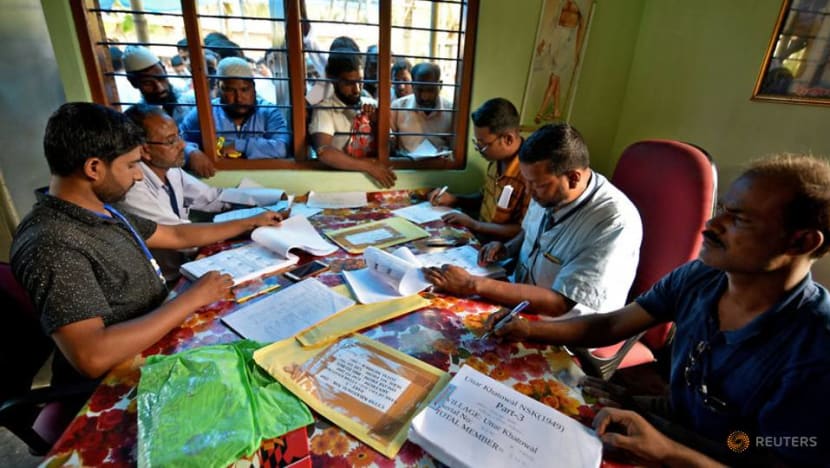
In both cases, the outcome would be the creation of a distinct set of stateless second-class people and a cheap labour force at the complete mercy of the Assamese majority.
Needless to say, this is a dangerous prospect. India’s legislative regime cannot remain blind to these fears of statelessness and the dire need to prevent it. The worry is that the citizenship list then becomes an instrument of legitimised racial segregation.
A LITMUS TEST FOR INDIA
Finally, with the entry of the right-wing, Hindu nationalist BJP in Assam, the citizenship list, which was designed to be religion-neutral, is being heavily communalised.
The BJP party, which holds a majority of seats in government at both the state and federal levels, is pushing for the Citizenship Amendment Bill to be tabled so that non-Indian Hindus from neighbouring countries can gain citizenship, implicitly excluding non-Hindus.
Commentary: The stunning invincibility of Narendra Modi in India’s elections
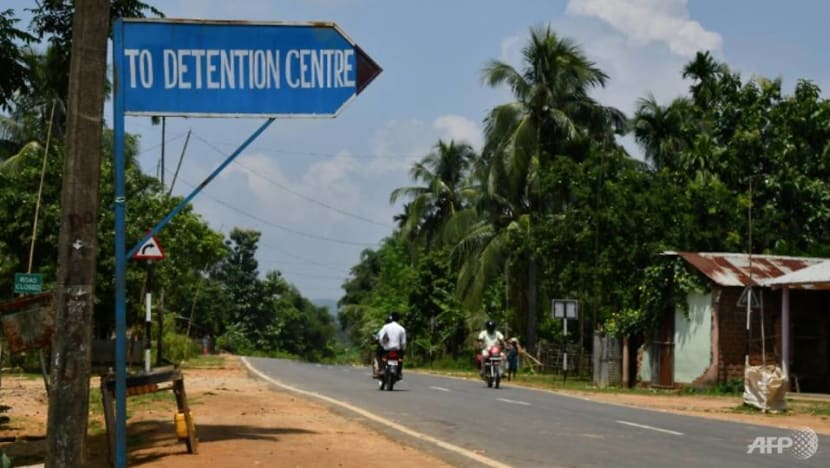
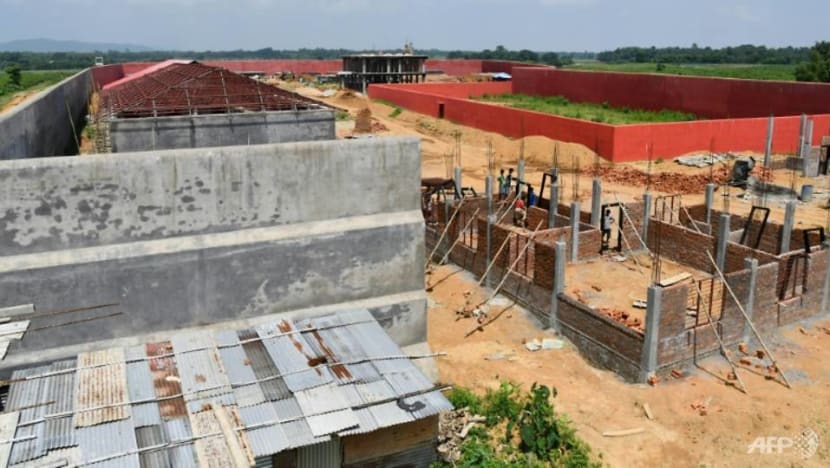
The Assamese ethno-nationalists - who want both Hindu and Muslim migrants to leave the state - aren’t naturally happy about this Bill.
Hence, beyond stoking political tensions and rubbing salt on old wounds, the citizenship list hasn’t achieved much.
But, more importantly, it has become a litmus test for India’s secular democracy, and its capacity to tolerate and accommodate a diverse population.
Angshuman Choudhury is a Senior Researcher and Coordinator of the Southeast Asia Research Programme at the Institute of Peace and Conflict Studies.












